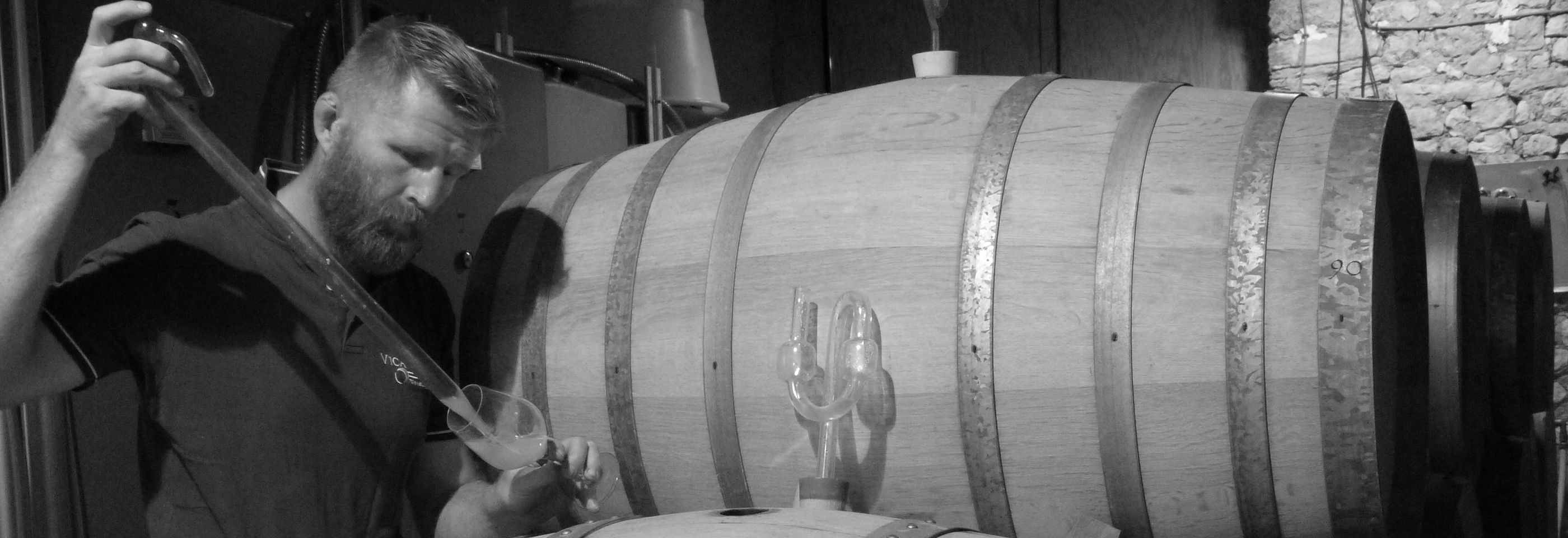
Discover the wines from Loire Valley: A Journey downstream from Sancerre to Muscadet
6 July 2025
Freddie Salisbury - Loire Buyer
Flowing nearly a thousand kilometres from the centre of France to the Atlantic, the Loire River shapes one of the world’s most diverse and characterful wine regions. From bright, mineral-driven Sauvignon Blanc to elegant Cabernet Franc, textured Chenin Blanc, and styles that range from bone dry to luxuriously sweet, few regions offer such a compelling spectrum of varieties and expressions.
Follow the course of the river from Sancerre to Muscadet, and explore how the Loire’s landscapes, soils, and shifting climates shape the character of its wines.
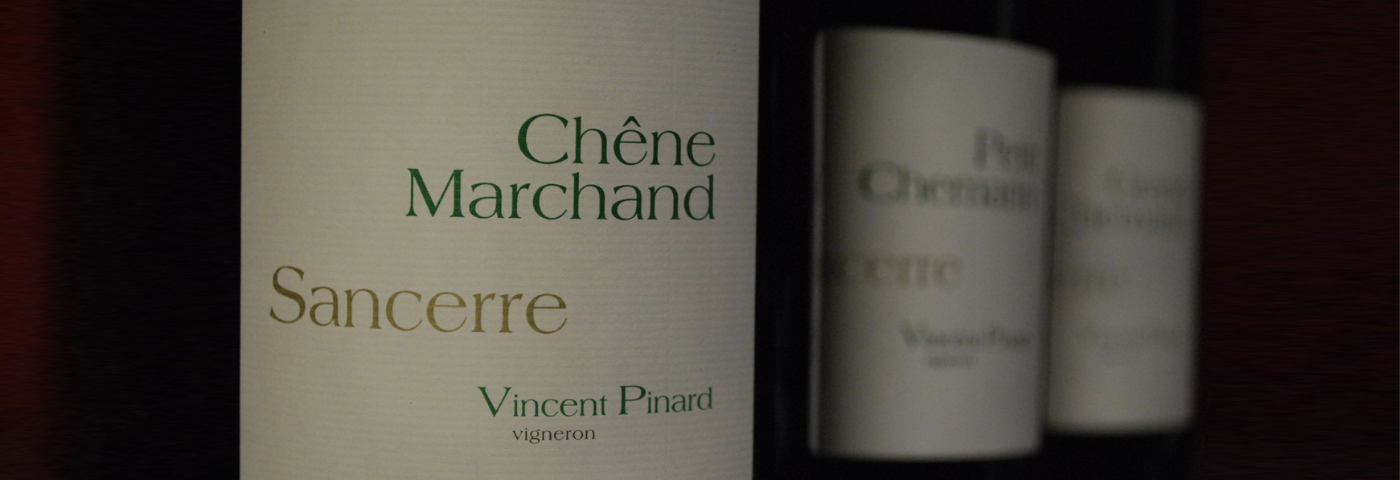
The journey begins in the eastern reaches of the Loire, where the Central Vineyards encompass two of the Loire’s most famous expressions of Sauvignon Blanc: Sancerre and Pouilly Fumé.
Sancerre, perched on the left (west) bank of the Loire, is the larger of the two appellations, spanning 14 different communes. Here, producers like Vincent Pinard, Lucien Crochet and Domaine Agisson craft wines that beautifully express their individual terroirs. The landscape is a patchwork of three distinct soil types. Around the village of Sancerre itself, flinty silex soils produce energetic wines with distinct smoky, gunflint aromas. Further west, the rolling slopes of Terres Blanches — rich in Kimmeridgian marl and limestone, and home to one of the region’s most celebrated vineyards, Monts Damnés — lend the wines greater density and structure. Meanwhile, the stony Caillotte soils found around the village of Bué conjure the most lifted and floral expressions, with notable vineyards here including Petit Chemarin, Grand Chemarin and the revered Chêne Marchand.
Across the river, on the right bank, lies Pouilly Fumé. Roughly half the size of Sancerre, it shares similar soils, but the landscape is noticeably flatter, with gentler rolling slopes. Stylistically, Pouilly Fumé tends to be broader on the palate, with a rounder texture and a smoky mineral undertone. Its aromatic profile is often more restrained compared to the typically more expressive style of Sancerre. Many of the top vineyards are clustered around the slopes of Saint-Andelain, where the flinty silex is richer in clay, giving the wines extra weight and power. It is here that Domaine Didier Dagueneau produces some of the appellation’s most iconic and age-worthy wines, while Domaine Serge Dagueneau offers a fresher, more immediate expression.
The Central Vineyards also produce excellent Pinot Noir, both as red and rosé. Sancerre Rouge, from producers like Vincent Pinard and Lucien Crochet, offers superb value and a compelling alternative to red Burgundy. The wines are typically lighter in style, yet full of character, with hallmark Sancerrois freshness and mineral tension.
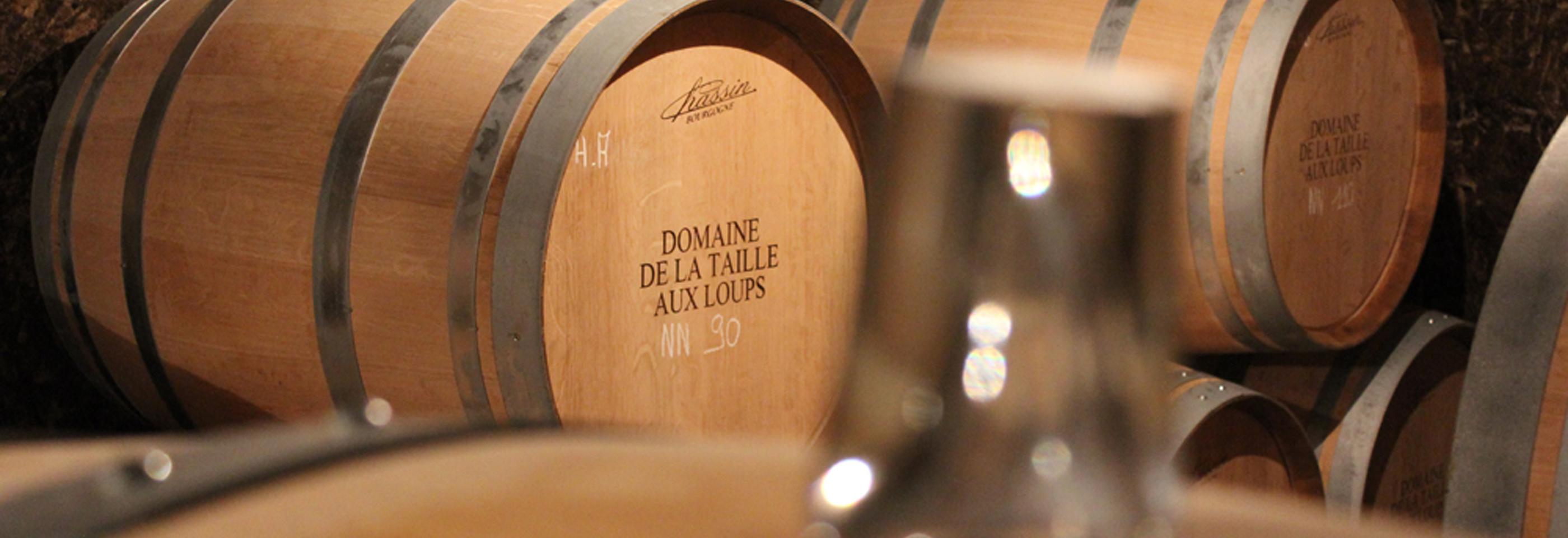
As the river winds west, the Loire enters the region of Touraine, where sizeable quantities of entry-level Sauvignon Blanc refresh in simple, cleansing ways. Before reaching the city of Tours, the appellations of Vouvray and Montlouis-sur-Loire mark a shift in both soil and wine style – and Chenin Blanc takes the lead. Here, the soft, chalky tuffeau bedrock lends vibrant acidity and a distinctive mineral texture, providing the perfect backdrop for an extraordinary range of styles — from dry and off-dry to sweet and traditional-method sparkling.
Montlouis-sur-Loire sits on the south bank of the river, with Vouvray facing it on the north. While similar in climate and terroir, Vouvray sees greater influence from the river’s morning fog, bringing slightly higher humidity. Domaine de la Taille aux Loups produces wines from both sides of the river and is regarded as one of the region’s top producers, crafting rich, sumptuous dry Chenin Blancs while also showcasing the variety’s remarkable ageing potential across a range of single-vineyard cuvées.
Continuing downstream, the river enters the heart of Cabernet Franc country, between the cities of Tours and Angers, where the valley widens and the topsoil shifts to lighter sand, gravel, and clay-limestone overlying soft tuffeau bedrock. In Chinon, where the vineyards follow the banks of the Vienne, a tributary of the Loire, gravel soils near the river produce wines that are bright, fragrant, and bursting with red fruit. Climb higher into the tuffeau-based slopes, and the wines gain structure and a savoury richness. A similar story unfolds in Bourgueil, across the Loire’s north bank, where the wines tend to show darker fruit, fuller body, and more prominent tannins. Just to the west, the neighbouring appellation of Saint-Nicolas-de-Bourgueil offers a rarer, slightly lighter expression.
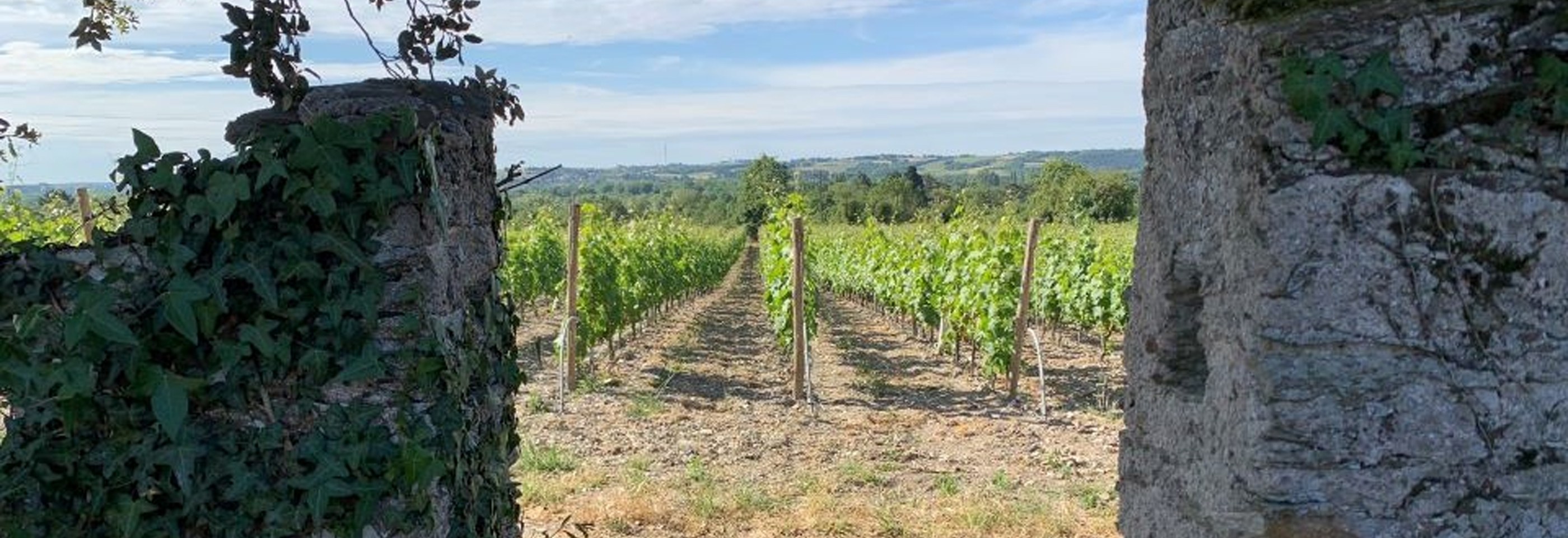
Anjou-Saumur
Drifting west, the river gradually flows through Saumur, home to Château du Hureau. The tuffeau here is yellower and sandier than in Touraine, lending the red wines of Saumur-Champigny a more fragrant, elegant character, with bright fruit, a silky texture and finer tannins. These are some of the Loire’s most joyful expressions of Cabernet Franc — vibrant, supple and full of charm.
As the river passes the city of Angers, the soils change once more. The soft tuffeau gives way to ancient schist, quartz and hard limestone, and with it, Chenin Blanc takes on a more linear, racy profile. This is where you find the appellations of Savennières and Anjou, home to Thibaud Boudignon, widely regarded as one of the most sought-after white wine producers in the Loire. His Chenin Blancs are marked by a bone-dry thread of racy acidity and purity of fruit, with a steely, mineral-driven focus.
Thirty kilometres south of Angers lies Coteaux du Layon, renowned for producing some of France’s greatest sweet wines from Chenin Blanc. The Layon tributary, along with its network of smaller streams, creates the misty morning conditions that encourage the development of botrytis, or noble rot — the same phenomenon that shapes the great wines of Sauternes.
Domaine des Forges is one of the leading producers here, with holdings in Chaume: a distinct appellation officially recognised as a Premier Cru within Coteaux du Layon. Their wines are richly textured and beautifully balanced, bursting with notes of Seville orange marmalade and honey, underpinned by Chenin’s signature acidity.
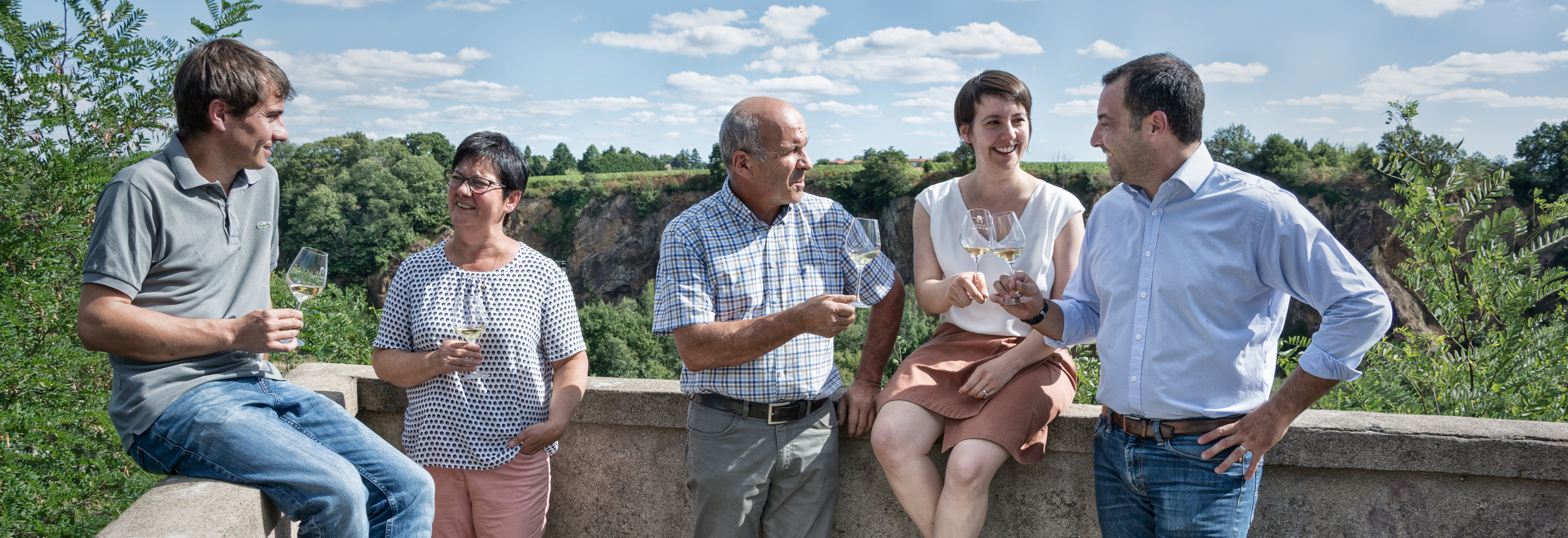
Nantais
Finally, as the river approaches its estuary near the Atlantic, the wines are marked by the influence of the sea. This is Muscadet country, where the grape Melon de Bourgogne grows on the Nantais soils of schist, granite and gneiss, which give the wines their distinctive stony, mineral backbone. Combined with the cooling influence of the ocean, these are wines that are dry, crisp and mouth-wateringly saline, often carrying a subtle textural weight and savoury depth from ageing sur lie.
The most compelling examples are found between the rivers Sèvre and Maine, where Famille Lieubeau produce both regional expressions and outstanding single-cru bottlings, a world away from the simple, rather anodyne Muscadet still found on the wider market. Their wines are fresh and lightly scented, with notes of apple, pear, chamomile, and a gentle textural grip, all carried through to a finish marked by a subtle iodine lift.
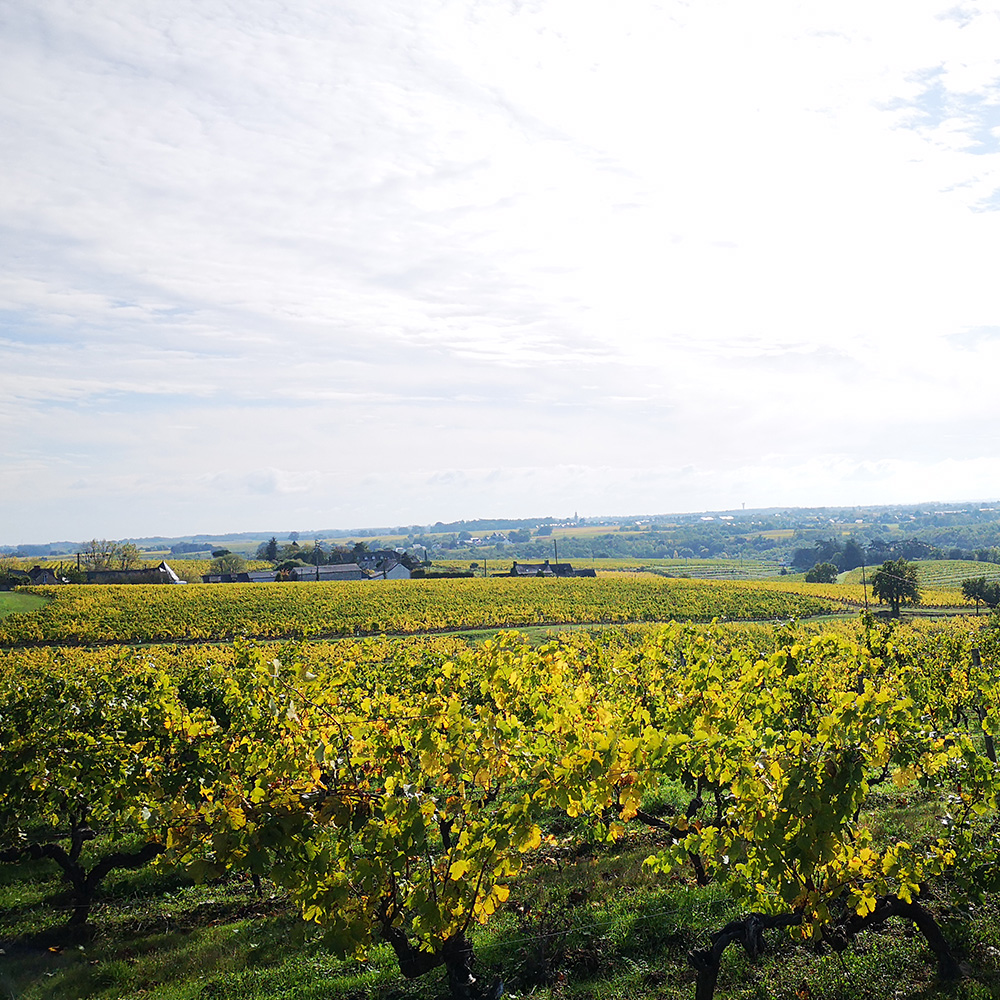
Enter The Inner Circle
Subscribe to Justerini & Brooks, fine wine and spirits merchant, and get exclusive offers, invitations and insider knowledge


